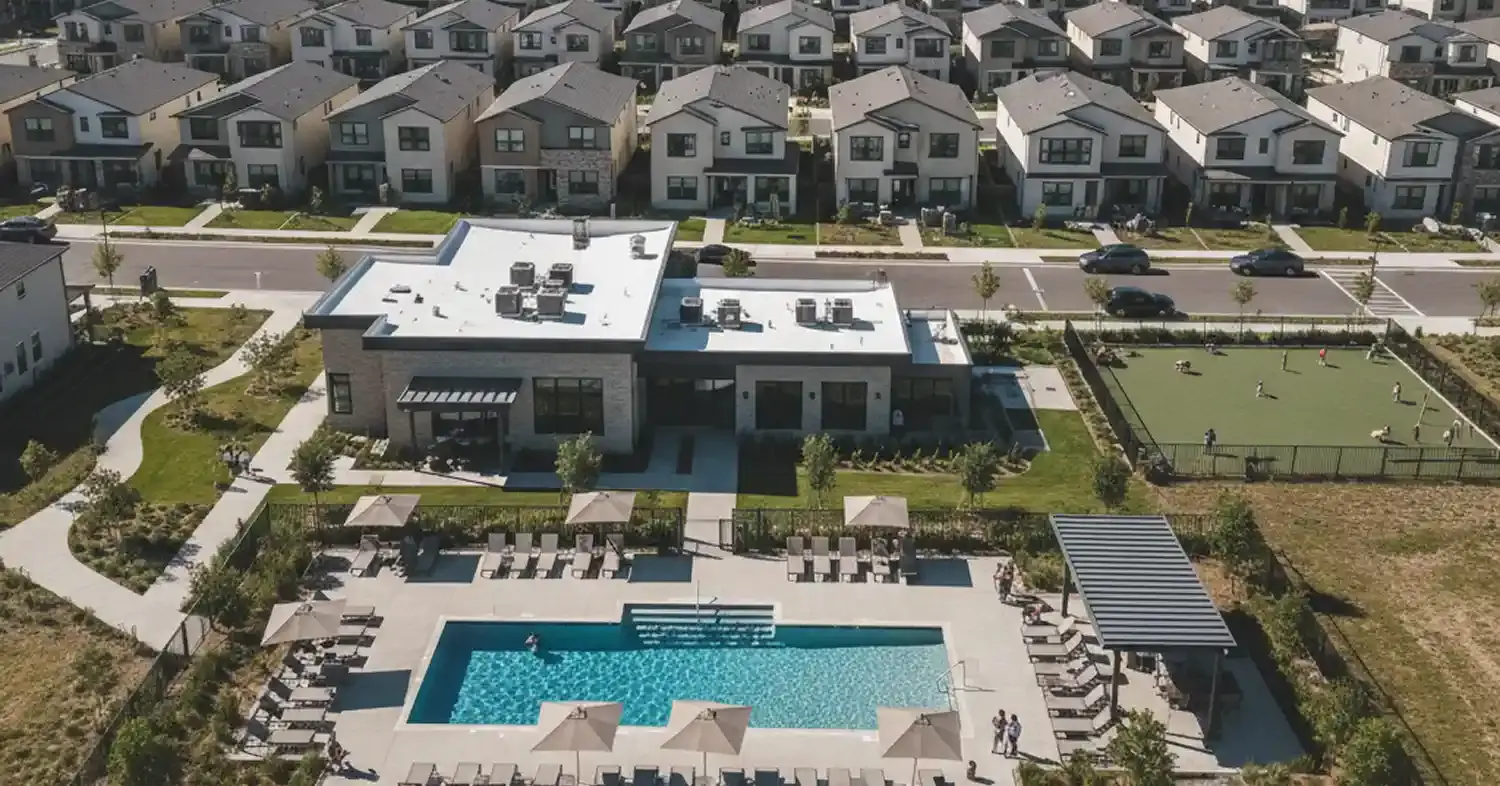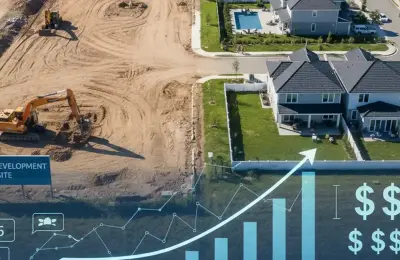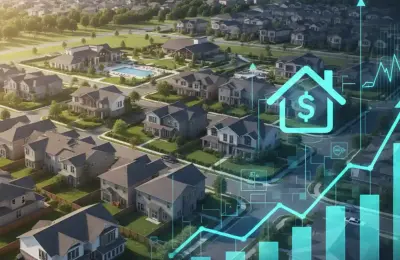
What Is a Build-to-Rent (BTR) Development?

Build-to-Rent (BTR) development is a residential construction model where large institutional or private developers design, build, and manage entire communities that are designated from the outset for long-term rental, rather than the sale of individual units.
This approach is the opposite of the traditional "build-to-sell" (BTS) development, where the developer sells individual houses, apartments, or townhouses to end-owners.
🔑 Key Characteristics of BTR
BTR communities typically share several distinguishing features:
Single Ownership: All residential units (houses, apartments, townhouses) within the development are owned and managed by a single institutional company or investor for an extended period.
Shared Amenities: BTR developments often include high-quality communal areas and amenities such as fitness centers, swimming pools, social gathering spaces, pet parks, and business centers. They are professionally managed to ensure a high standard of living for tenants.
Professional Management: Unlike situations where the landlords are individual owners, the BTR owner provides a single, professional property management service, ensuring prompt maintenance, rule adherence, and a consistent experience for all residents.
New Construction: The units are new, appealing to renters looking for modern housing without the major maintenance often associated with older housing stock.
Community Concept: BTR developers often focus on fostering a sense of community and social interaction among residents through shared spaces and organized events.
🏡 Types of BTR Development
While the BTR model is best known for multi-apartment buildings in cities, it is evolving into several formats:
Multifamily: Traditional urban or suburban apartment complexes with many units in one or more buildings.
Single-Family Rental (SFR BTR): The construction of detached houses (cottages, duplexes, townhouses) on a site, which are then rented out. This format is especially attractive to families who need more space and a private backyard but are unwilling or unable to buy.
Horizontal Apartments: Separate residential units that look like small houses or townhouses (without common corridors) but are leased and managed as a single apartment complex.
📈 Advantages and Appeal of Build-to-Rent
The BTR model is gaining popularity due to the advantages it offers to both tenants and investors:
For Tenants (Residents):
Quality and Stability: Tenants receive new, high-quality housing and professional service. They deal with a single, accountable owner/manager.
Amenities: Access to exclusive, well-maintained shared amenities that would be unavailable when renting from a private owner.
Flexibility: BTR offers the flexibility of renting without the financial commitment and costs associated with home ownership (down payment, mortgage, property taxes).
For Investors and Developers:
Predictable Income: Institutional investors receive stable, long-term rental income that is less dependent on short-term sales market fluctuations.
Economies of Scale: Managing hundreds of units in one community is more efficient and cost-effective than managing scattered units.
Quality Control: The developer maintains full control over design, construction quality, and management, allowing them to optimize the housing for tenant needs and ensure the long-term value of the asset.
💡 Conclusion: The Future of BTR
Build-to-Rent development is a response to current economic and demographic trends, such as rising housing costs, increased workforce mobility, and changing lifestyle preferences. BTR transforms traditional renting into a more professional, customer-centric, and comprehensive product, providing quality housing and communities for those who prefer or need to rent.
News insight
 Nov 18, 2025
Nov 18, 2025
Property Developer Earnings in the US Market: A Comprehensive Overview
Explore how US property developers earn money. Learn about profit margins (Residential vs. Commercia...
 Nov 17, 2025
Nov 17, 2025
Build-to-Rent: Transforming America's Housing Landscape
Explore how the Build-to-Rent (BTR) model is transforming the US housing market. Learn why instituti...
 Nov 17, 2025
Nov 17, 2025
The Best Real Estate CRM Systems for Agents & Developers
Stop drowning in spreadsheets. Our ultimate guide compares the Top Global and Local CRM Solutions sp...
